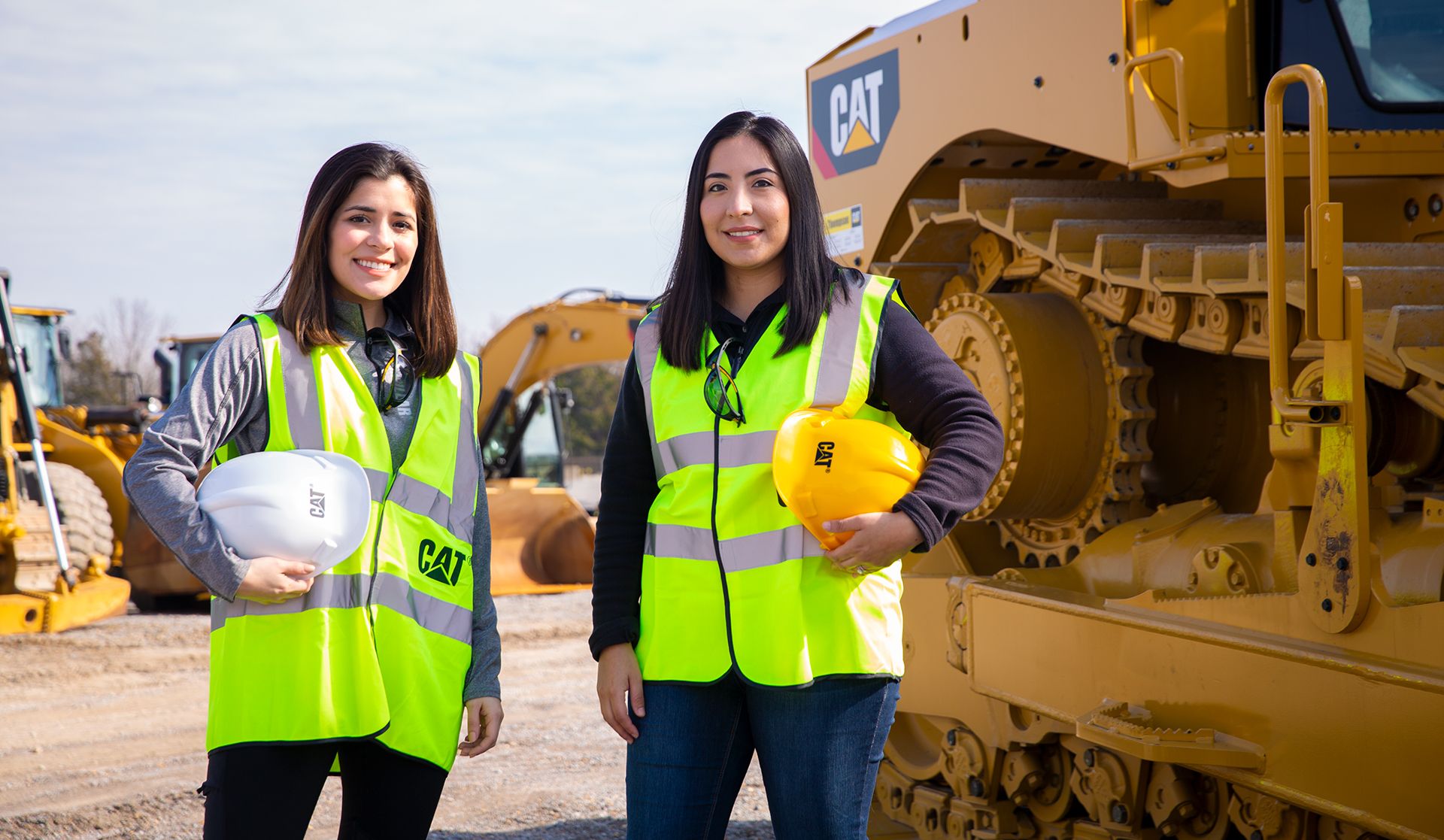Caterpillar Ventures is hiking its deal sizes as it looks to capitalise on growing interest in mining technology, unit head Mark Crawford tells us.

Mining technology is a sector that is about to see a surge of investor interest and Caterpillar is keen to make sure it is ahead of that coming wave, says Mark Crawford, head of Caterpillar Ventures, the construction equipment producer’s venture capital arm.
“Mining technology is going to grow and develop. It’s overlooked now, but it’s going to be one of those things a lot of VC shops get into soon,” Crawford tells Global Corporate Venturing.
“I used to run a fund in Nebraska (Invest Nebraska Corporation) and at that time the view looking forward was that agtech was going to be a growing sector. We were one of the first entrants into that, and I see mining tech as the next-generation [equivalent].”
A general VC bear market has slowed investment a little, and artificial intelligence has commanded much of the attention among investors, but investment in mining tech has been gradually increasing. Expertise from the fossil fuel industry is coming into areas like geothermal energy, and raw materials are urgently obtaining needed for products like batteries.
That connection with other industries, as well as national security concerns over the supply of those materials, is part of what is boosting interest in the sector, according to Crawford. His unit’s portfolio already includes mining sensor provider MineSense and Nth Cycle, developer of a metal refining system. And less strategically-aligned investors are waking up to the chance for financial returns.
“Traditional financial investors are seeing some liquidity option in an overlooked sector that – no pun intended – has not been mined.”
“I think it’s a different world,” he says. “Traditional financial investors are seeing some liquidity option in an overlooked sector that – no pun intended – has not been mined, so there’s some opportunity there. We live in a world where mining is one of the heaviest polluting industries, so there is an altruistic opportunity to make money there.”
Caterpillar’s bread and butter as a company may be industrial equipment mining and construction vehicles but its CVC unit has a more expansive reach. The company is a leading producer of marine engines which will have to be decarbonised in future years, and the scale of the products Caterpillar delivers to customers means it also has to keep an eye on logistics technology.
“Hydrogen, methane capture, alternative battery chemistries, next-generation fuel cells, grid optimisation – those all lend themselves to Caterpillar’s future plans and where we think we should play,” Crawford says.
Larger cheque sizes and a fund-of-funds strategy

Crawford (left) took the reins at Caterpillar Ventures in late 2022 following nearly four years as an investor at Intel Capital and nearly three at Stanley Ventures, the CVC arm of toolmaker Stanley Black & Decker. He says his new role, on America’s East coast, exemplifies a focus on startups’ management team, operational and business models and rather than just its technology, which is generally prioritised by the typical West coast investor.
The unit has not been highly active over the past 18 months but is in the process of increasing the size of its deals. It used to typically invest $500,000 to $5m per round, but while it’s still chiefly targeting series A and B-stage companies, Crawford reveals it is now moving towards an average cheque size of about $5m.
“We’re expanding the practice, writing larger cheques,” he says. “We’re very opportunistic, and the more strategic [the portfolio company] is, the larger cheque we write.
“Like many CVCs, when we deploy, we have an adjacent strategic collaboration agreement laying out the block and tackle of how that partner is going to deal with our sponsoring business unit (BU). And the closer the partnership and the more strategic it is, the larger the cheque we write.”
Those larger deals have included a $50m commitment as well as a $28m investment, he adds, and Caterpillar Ventures currently has $7m and $10.5m cheques in the pipeline. It is pushing that mandate, and the corporate’s executives have been agreeable when it comes to those kinds of investments going out.
The other area where the unit is moving is towards making limited partner investments in other funds, a move Crawford says not only drives deal flow but helps both Caterpillar Ventures and other parts of the business in their strategy.
“From a fund-of-funds perspective, we take a pretty broad approach,” Crawford says. “We have a small team and one of the things we’re looking for is geographic differentiation. My team is based here in the United States, and I need coverage in places like Israel, Asia and Europe, so we focus on funds that target that geographic footprint.
“My team focuses on series A and B, so we are also taking a look at earlier-stage funds as a pipeline and getting learning into the practice. Then, being very opportunistic with the later-stage funds – those that can have a near-term impact on Caterpillar’s strategy or a Caterpillar business unit.”
That expansion, particularly in a geographic sense, circles back to mining, Crawford adds. Caterpillar Ventures does not have a presence in countries like Australia and Chile, where that industry is especially prominent, and linking up with local funds can give it a view to far more startups. It’s a step forward for a fund looking to take an active role in its parent company’s thinking.
“The culture at Caterpillar is new and creative. They’re always pushing the business model, looking to expand, and that really drives our practice,” he says. “Most people would be surprised that Caterpillar has a capital outlay and portfolio we’ve constructed that is approaching $300m in direct [investment].
“We’re a very large shop from a CVC perspective and we’re going to continue to build on that. We’re going to find our themes and thesis to be more aligned to what that next generation of Caterpillar is going to look like.”









